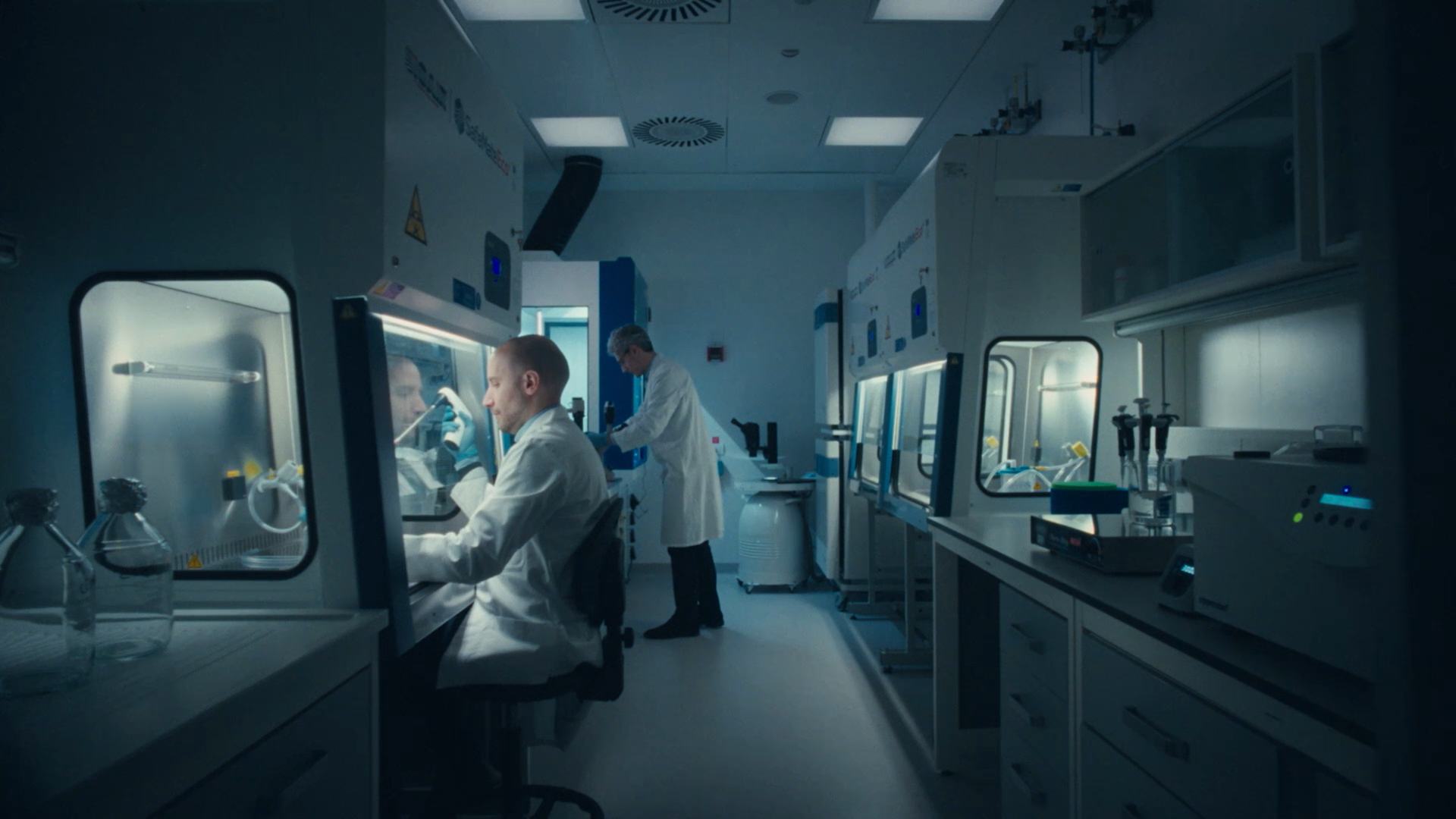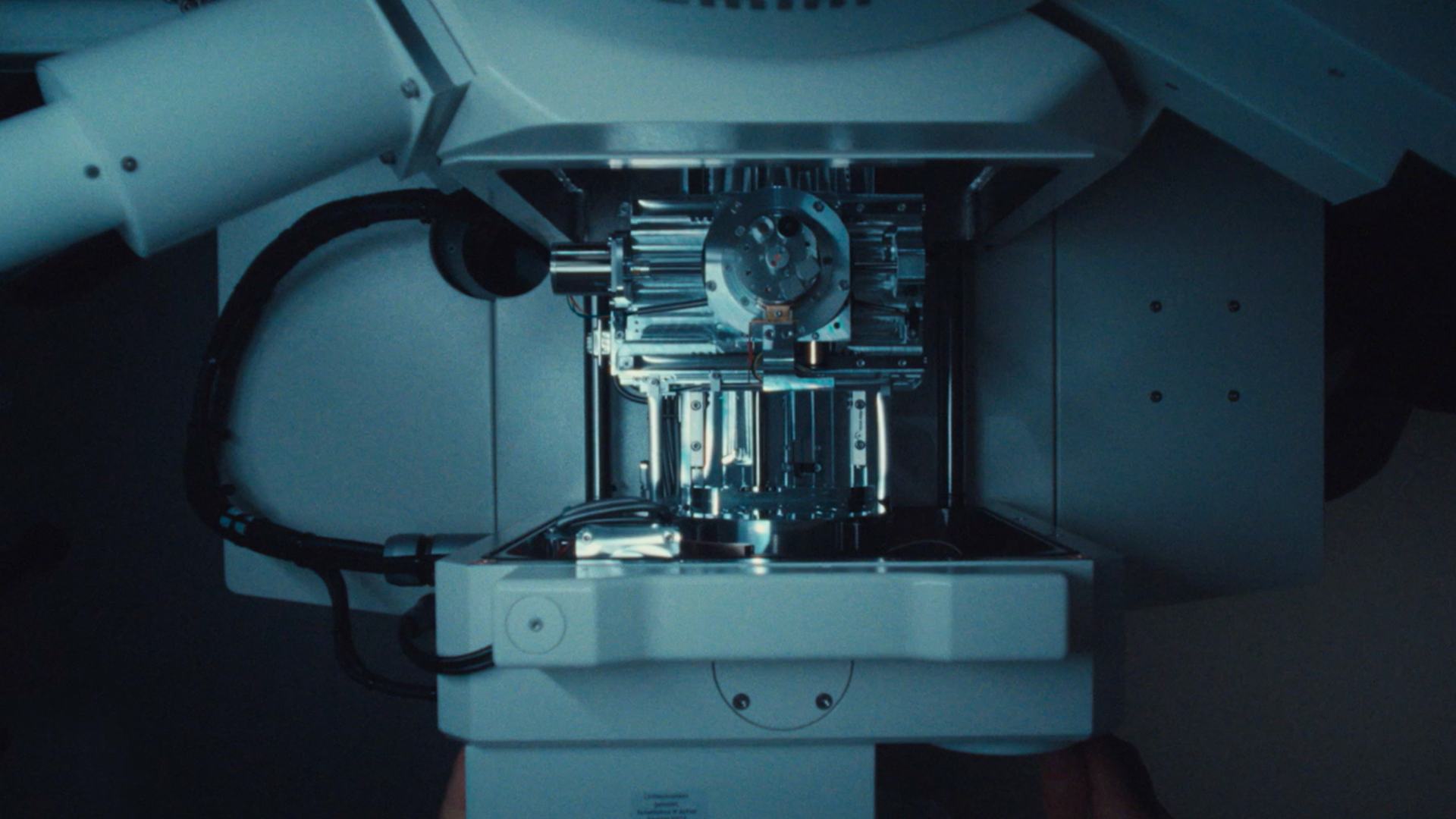Technology Platforms
CLEM Core
The CLEM Core aims at leveraging electron microscopy to study diseases at the interface between basic and clinical research interacting with industry partners, universities, and the Hospital. We believe in the power of electron microscopy imaging to improve people's lives by studying how diseases develop at tissue, cellular, and molecular levels.
The challenge
Biological phenomena and in particular disease develop roughly across 10 orders of magnitude in length scale. In biology, form drives function. Structural and cell biology explores how a molecule’s structure determines its function which, in turn, drive mechanisms behind cellular processes and ultimately human diseases. To achieve a holistic understanding of how a disease develops it is thus paramount to observe how macromolecules interact, in a cell, within an organ in a human body. Volume Electron microscopy (vEM) and cryo-electron microscopy (cryoEM) allow us to probe from tissues down to atoms. Correlative light and electron microscopy (CLEM) combines the imaging power of both techniques linking molecular activity to cell structure with unmatched precision. By combining light and electron imaging, CLEM offers a clearer view of how cells function—crucial for advancing clinical research and diagnostics. The greatest technological challenge is to combine all these imaging modes in a sort of resolution continuum spanning all diseases-relevant length and time scales. Our mission is to translate vEM, cryoEM and CLEM, technology from basic to clinical research and make it amenable to study diseases directly from patients.
Main activities and research areas
High-resolution imaging for clinical research
We strive to enable clinicians to access unparalleled imaging resolution for investigating complex diseases. CLEM can directly provide detailed structural insights into pathogens, diseased tissues, or abnormal protein formations that are often challenging to study with indirect methods. This could lead to earlier, more accurate diagnoses and better-informed treatment decisions. Also, electron microscopy data can reveal structural anomalies at the molecular level that may serve as early indicators for disease progression or therapeutic response.
Technology development to foster clinical research
The limitations of hardware and sample preparation among different imaging methods hamper our ability to routinely probe human samples. Part of our endeavors is devoted to developing new methods to make clinical sample amenable to structural studies.
Machinery
We use high end technology of the latest industry standards

Leica EM AFS2 – EM FSP

Zeiss GeminiSEM 360

Zeiss LSM900 Airyscan2

CryoCapCell high-pressure freezer Live-µ

PELCO easiGlow™

Quorum Q150ES plus

RMC Boeckler PowerTome PC

Quorum CPD K850

Zeiss Crossbeam 550
Selected publications
A rhythmically pulsing leaf-spring DNA-origami nanoengine that drives a passive follower.
Light and electron microscopy continuum-resolution imaging of 3D cell cultures.
Cyclophilin anaCyp40 regulates photosystem assembly and phycobilisome association in a cyanobacterium.
Protein denaturation at the air-water interface and how to prevent it.
Cryo-EM structure of the bifunctional secretin complex of Thermus thermophilus.
CryoEM structures of membrane pore and prepore complex reveal cytolytic mechanism of Pneumolysin.
Cryogenic Preparations of Biological Specimens for Cryo-Electron Tomography | SpringerLink
Staff



